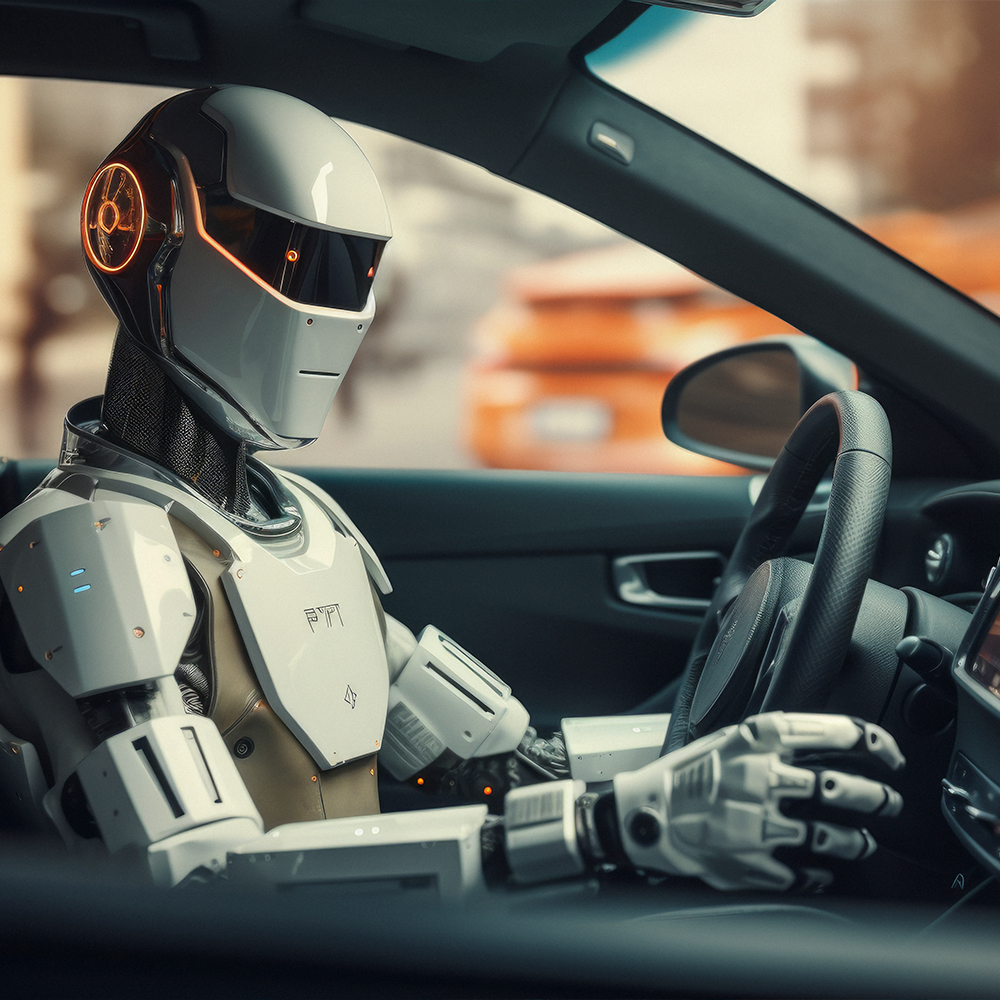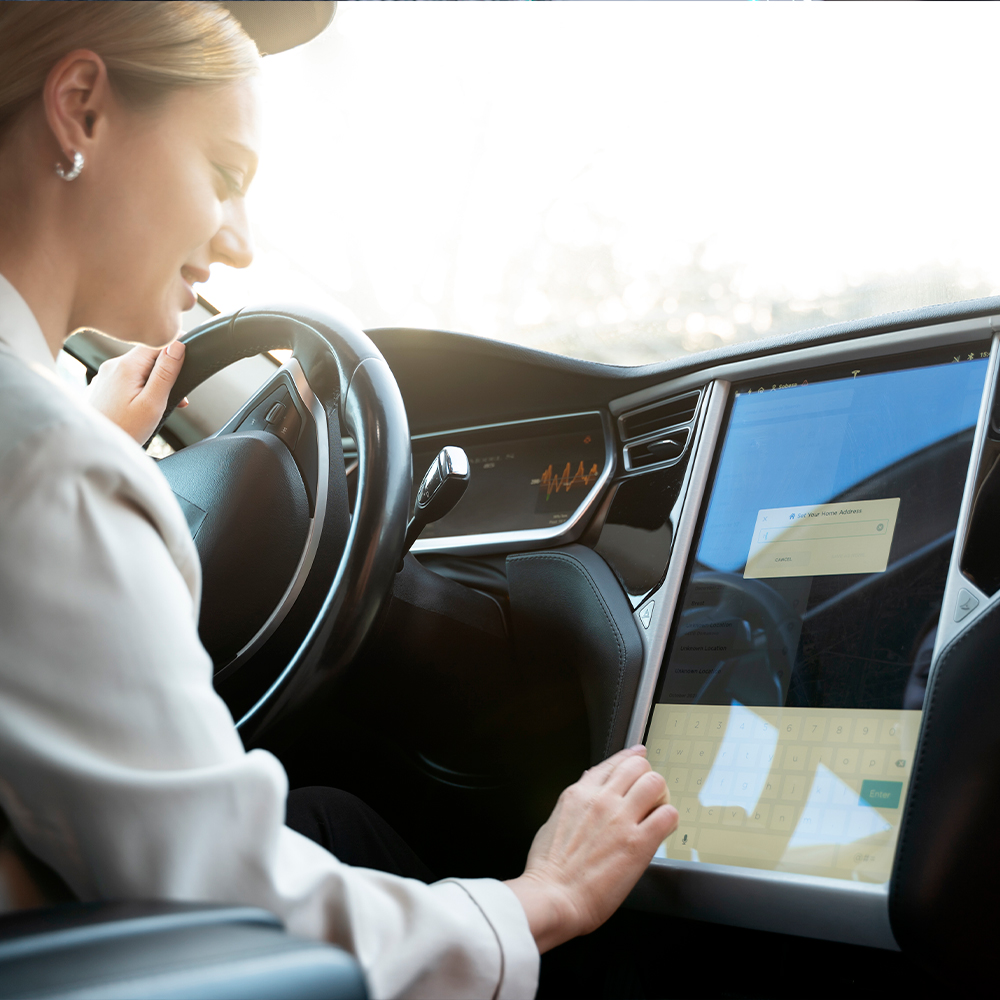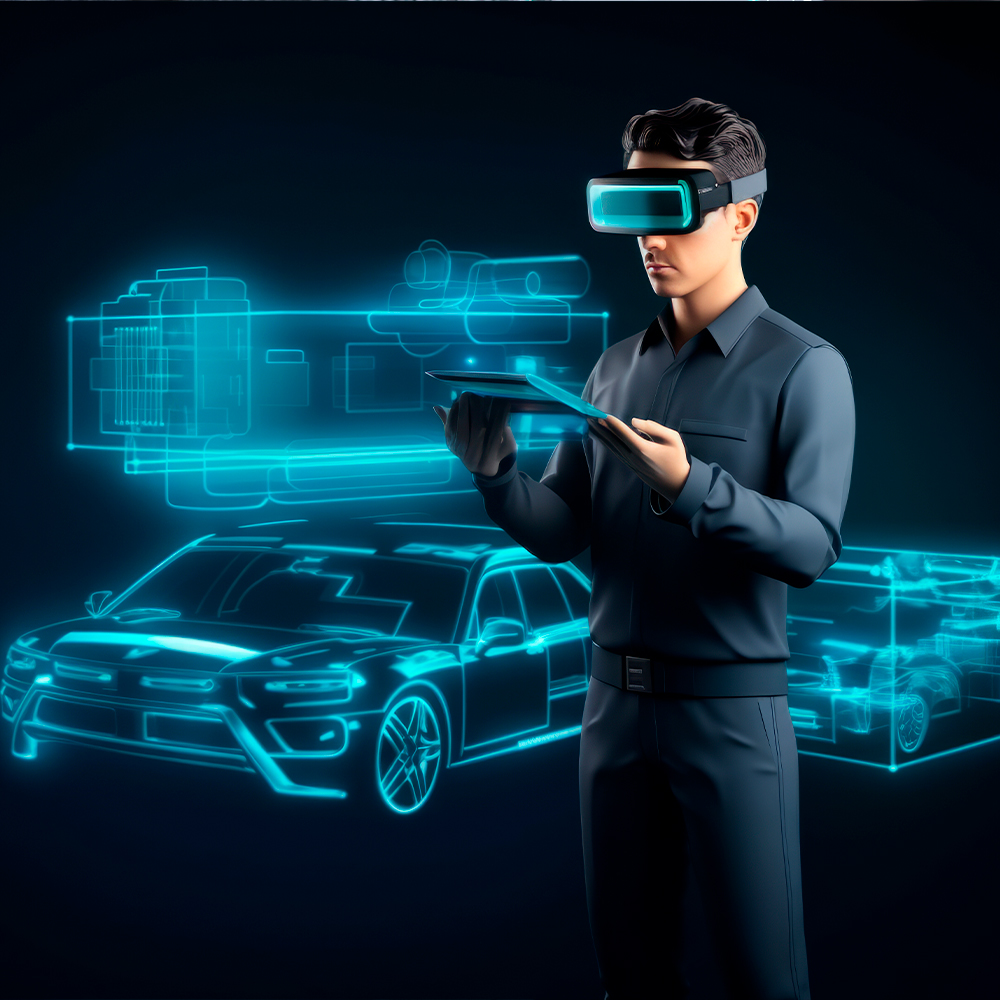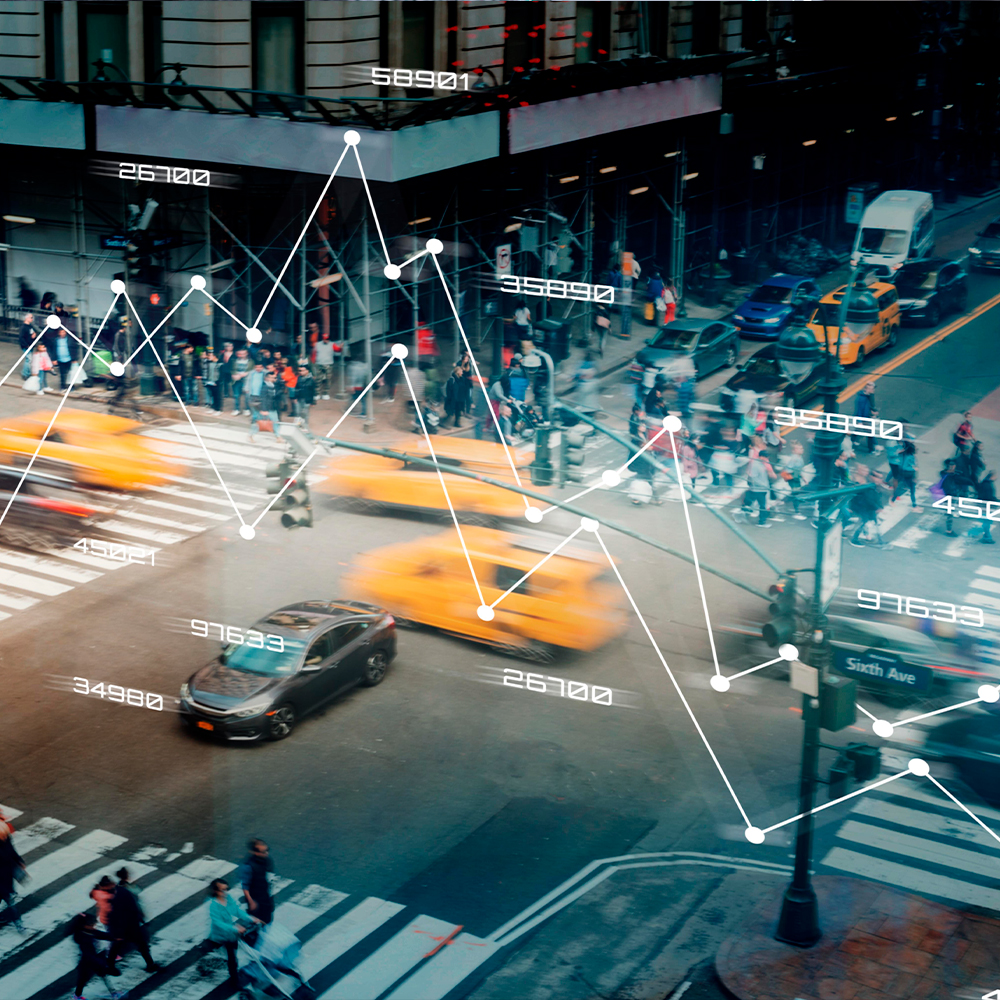Autonomous driving refers to vehicles that can operate without human driver intervention, thanks to the use of AI algorithms, advanced sensors, and high-precision cameras. These vehicles, also known as self-driving cars, are designed to make real-time decisions, responding to various traffic and environmental conditions, keeping passengers safe, and optimizing driving efficiency.


It is important to note that not all autonomous vehicles are the same. The Society of Automotive Engineers (SAE) defines six levels of autonomy, ranging from level 0 (no automation) to level 5 (full automation). The more advanced levels allow cars to operate without any human supervision, while the lower levels provide driver assistance, such as automatic braking or adaptive cruise control.
The heart of autonomous driving is artificial intelligence. This technology allows vehicles to collect data from their surroundings using cameras, radars, and LIDAR sensors. Then, the AI processes this information in real time to make decisions such as braking, turning, or accelerating. Machine learning algorithms help the cars “learn” and adapt to various situations, improving their driving capabilities over time.
One of the great advantages of AI is its ability to analyze large amounts of data in milliseconds, allowing autonomous cars to react faster than humans to unexpected events on the road.

Automatic driving based on AI offers a number of significant benefits:

Despite the advances, the widespread adoption of autonomous driving faces several challenges. Among them, the need for adequate infrastructure stands out, which would allow these vehicles to operate optimally. Additionally, concerns about cybersecurity and potential vulnerability to cyberattacks persist.
Another crucial aspect is regulation. Governments around the world are in the process of developing regulations to ensure the safe deployment of this technology, addressing ethical issues and liability in case of accidents.
As technology continues to evolve, the vision of a world where autonomous cars dominate the roads is getting closer. Leading companies like Tesla, Waymo, and Uber are at the forefront of innovation in this field, working to enhance their AI systems and achieve fully safe and efficient autonomous driving.
In the not-so-distant future, we could see radical changes in smart cities, with infrastructures adapted to facilitate the use of autonomous vehicles and improve connectivity among different modes of transport.
